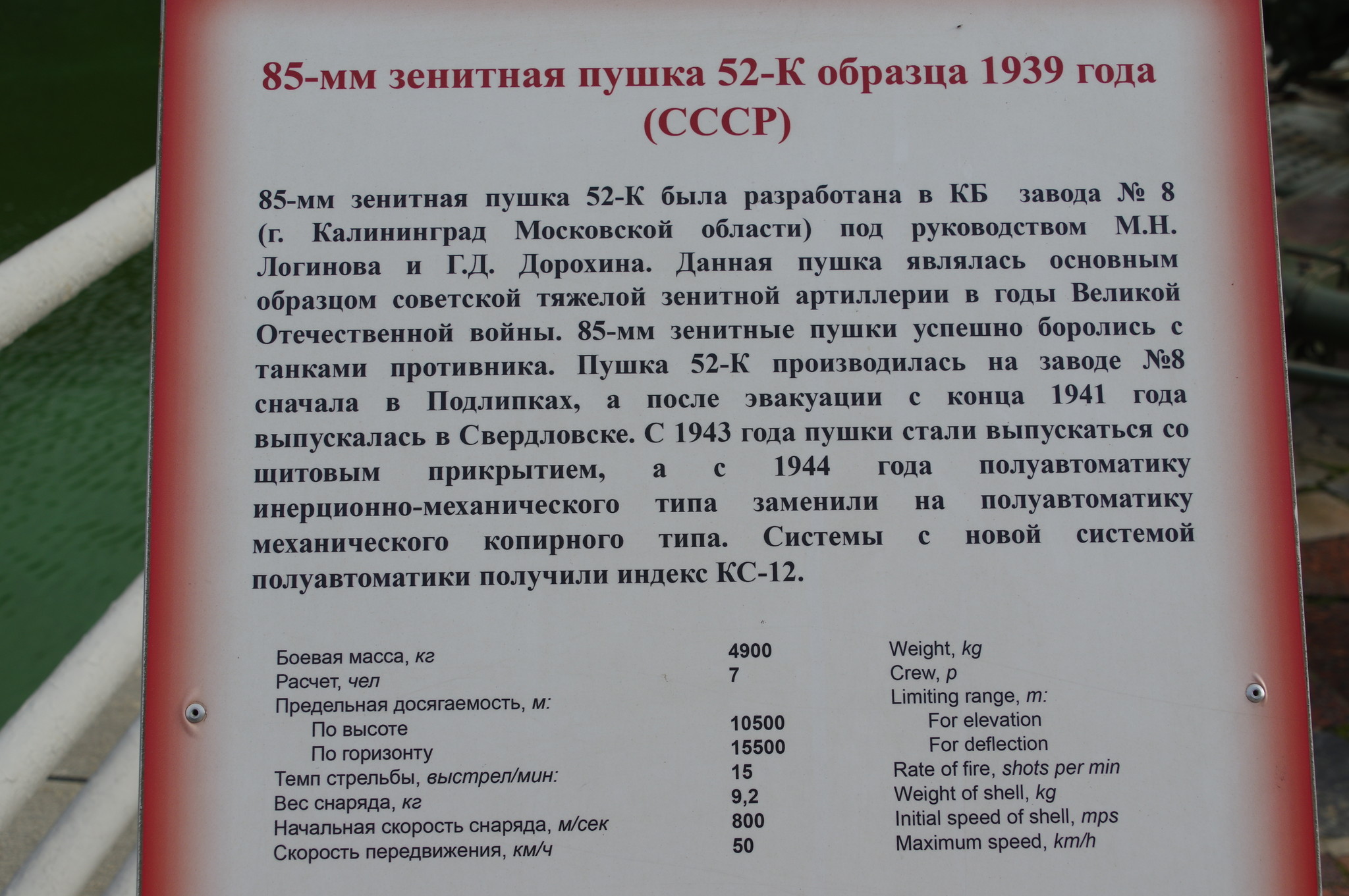Carbohydrate is a reserve nutrient in fungi. Mushrooms - ege biology
Spare Islands: in eumitsets, glucose is stored in the form of alpha-glucan (close to glycogen), and oomycetes in the form of beta-glucan (close to laminarine); trehalose oxaccharide; sugar alcohols; lipids (in the form of droplets of fat). Nutrition(osmotrophic) is largely associated with plants, therefore, fungi secrete enzymes for the destruction of pignin (pectinase, xylonase, cellobiase, amylase, lignase) and the destruction of ether bonds in cutin wax (cutilase).
Cleavage products enter the cells in three ways: 1. In dissolved form (due to turgor pressure of hyphae) 2. Passively (by the concentration gradient of the substance) 3. Actively (using special protein transporter molecules) Environmental groups. By trophic and topical features.
On the topical: soil (red boletus (Leccinum aurantiacum), real camelina (Lactarius deliciosus)) and water (mucor - on the surface, camposporium - underwater structures)
The role of mushrooms in nature.
Polymer destruction, Fixation of biophilic elements in mushroom mass, Soil formation, Transformation of N, P, K, S and others into substances available for minimum plant nutrition, Creation of enzymes and biologically active substances in the soil, Destruction of rocks and minerals, Formation of minerals, Participation in trophic chains, Regulation of the structure of the community and its number, Detoxification of pollutants (substances that can cause harm to human health or the environment), symbiosis with plants and animals.
The value of mushrooms for humans.
Usage: Biotechnology, producers of antibiotics, producers of immunomodulators, anti-cancer, hormonal, anti-sclerotic, chitin - burn and wound healing, high adsorption, destruction of biopolymers (enzymes), food industry (clarification of juices), production of organic acids, allocation of phytohormones, food and feed (yeast , basidium), biological pesticides, mycorrhization of plants.
Mushrooms ( Mycota)
Mushrooms are heterotrophic organisms, the body of which is called mycelium (mycelium), which consists of individual filaments - hyphae with apical (apical) growth and lateral branching. The mycelium penetrates the substrate and absorbs nutrients from it (the substrate mycelium), and is also located on its surface and can rise above the substrate (surface and aerial mycelium). Reproduction organs are usually formed on aerial mycelium.
Distinguish between non-cellular, or coenotic mycelium, devoid of partitions and representing, as it were, one giant cell with a large number of nuclei, and cell, or septated mycelium, divided by partitions - septa into separate cells containing from one to many nuclei. For representatives of the classes of chitridiomycetes, oomycetes and zygomycetes, conditionally called lower mushroomsnon-cellular mycelium is characteristic. Everyone has higher mushrooms - Ascomycetes, bisidiomycetes and deuteromycetes - cell mycelium.
The cell membrane contains chitin. Spare nutrient glycogen (animal starch).
Mushrooms reproduce vegetatively, asexually and sexually.
According to the structure of the mycelium and the characteristics of sexual reproduction, six main classes of fungi are distinguished: Chytridiomycetes - chitridiomycetes, Zygomycetes - zygomycetes, Ascomycetes - ascomycetes, Basidiomycetes - basidiomycetes, Oomycetes - oomycetes and Deuteromycetes - deuteromycetes.
In medicine, from the class of ascomycetes, or marsupials, use baker's yeast and ergot, from the class of basidiomycetes - chaga (tinder fungus or birch fungus), from deuteromycetes - species of the penicillus genus.
A revolutionary event in the history of medicine was the discovery of the first antibiotic penicillin obtained from fungi of the genus Penicillium. Penicillin is active against all staph infections and gram-positive bacteria and is almost non-toxic to humans. Despite the fact that many synthetic penicillin derivatives have been introduced into medical practice, the basis for obtaining this medicinal raw material is the industrial cultivation of penicillin.
Chaga preparations have a stimulating and tonic effect on the body, have antibiotic properties against many microorganisms, cure gastritis, and promote the resorption of malignant tumors in the early stages of development.
The yeast used for a number of food industries (getting beer, wine, etc.) is nutritious in itself, as it contains proteins, carbohydrates, fats, and vitamins. Of greatest importance to humans is Saccharomyces cerevisiae (baker's yeast). Yeast biomass is well absorbed by the human body, so yeast is specially grown for medicinal purposes. They are used in liquid form and in tablets.
Ergot is used as a source of alkaloids, causing smooth muscle contraction, used in gynecological practice.
Many mushrooms have valuable nutritional and medicinal properties. The science of treating various diseases with fungi is called fungotherapy.
Which organisms use starch as a reserve substance, and which glycogen? and got the best answer
Reply from Elena Kazakova [guru]
plant cells store starch.
Animal cells store glycogen (in vertebrates, it is deposited in the liver and muscles).
Mushroom cells also store glycogen.
Answer from Zenababa[guru]
Plant cells store starch, and animal cells store glycogen (mainly in the liver). Glycogen is an animal starch.
Answer from Kyz[guru]
The plant cell is starch, the animal cell is glycogen. The uniqueness of mushrooms lies in the fact that they are very different from both animals and plants. Therefore, these organisms are isolated in a separate kingdom. We will name some features characteristic of mushrooms:
- reserve substance glycogen;
- the presence of chitin (in-va, of which the external
arthropod skeleton) in cell walls
- heterotrophic (i.e. nutrition by prepared org.
way of eating
- unlimited growth
- absorption of food by absorption
- spore multiplication
- the presence of a cell wall
- lack of ability to actively move
Mushrooms by their structure and physiological functions are diverse and widespread in various habitats. Their sizes range from microscopic small (unicellular forms, for example, yeast) to large specimens, the fruit body of which in diameter reaches half a meter or more.
Answer from Beykut Balgysheva[active]
Spare substances in a plant cell are inconstant structures that can form and disappear during the life process, mainly spare ones. P located in the cytoplasm, and also found in mitochondria, plastids, cell juice of plant cell vacuoles. They can decompose under the action of enzymes into compounds that enter the processes of metabolism, growth, flowering, fruit ripening, etc. They happen in a liquid state in the form droplets (lipids) or solid - in the form of granules (starch, glycogen, etc.), lenses (salts of oxalic acid, etc.). There are organic and inorganic. Organic: more often carbohydrates (starch, glycogen), fats, less often - proteins, pigments. Starch, which accumulates in leukoplasts, breaks the cell membranes and enters the cytoplasm, where it is stored in the form of grains. Protein granules (legumes, cereals), fats (peanuts) can accumulate in the cells of plants in the storage tissue. Glycogen in the form of grains or fibrils is stored in animal cells, in the cells of fungi. Many proteins and lipids are stored in the cytoplasm of animal eggs.
Inorganic: salts (oxalic sodium, uric acid, etc.). Often found in the form of insoluble compounds.
Inclusions can occur in the form of structures acting as an intracellular skeleton in some unicellular animals. They are structures of a certain shape without a surface membrane. For example, in a radiolarium is a spherical capsule with a horn-shaped compound, an intracellular skeleton with silicon dioxide or strontium sulfate, in the lamblia - a rod of organic matter.
Differences in the structure of the plant cell from the animal. Plants and cells incorporate the same structures as animals. But they are characterized by special structures that do not have animal cells.
Answer from 3 answers[guru]
Hello! Here is a selection of topics with answers to your question: Which organisms cells use starch as a reserve substance, and which glycogen?
The kingdoms of eukaryotes include the kingdoms of plants, animals and mushrooms.
1. Plants - autotrophs, make organic substances for themselves in the process of photosynthesis. Animals and mushrooms - heterotrophs, prepared organic substances are obtained from food.
2. Animals are able to move, but grow only before breeding begins. Plants and fungi do not move, but grow unlimitedly throughout life.
3. Differences in the structure and work of the cell
- Only plants have plastids and a large central vacuole.
- Only animals have a cell center (centrioli) and no cell wall.
- Spare carbohydrates in plants - starch, and in animals and fungi - glycogen. The cell wall of plants consists of cellulose (fiber), and in fungi of chitin.
Tests
1. Mushrooms differ from plants in that
A) have a cellular structure
B) incapable of active movement
C) incapable of photosynthesis
D) grow throughout life
2. What are the features of the life of fungi indicate their similarity with plants
A) the use of solar energy in photosynthesis
D) the release of oxygen into the atmosphere
3. Organisms with a heterotrophic diet that cannot move, belong to the kingdom
A) plants
B) animals
C) mushrooms
D) bacteria
4. What are the features of the life of fungi bring them closer to plants
A) absorption of organic matter from the soil
B) unlimited growth throughout life
C) the synthesis of organic substances from inorganic
D) the use of prepared organic substances in food
5. What is the similarity of fungi to multicellular animals?
A) absorb nutrients throughout the body
B) eat ready-made organic substances
C) are autotrophs according to the method of nutrition
D) have unlimited growth
6. Spare nutrients in mushrooms include
A) glycogen
B) proteins
C) fats
G) starch
7. Organisms whose cells have chloroplasts belong to the kingdom
A) animals
B) plants
C) mushrooms
D) bacteria
8. Both animal and plant cells have
A) core
B) vacuoles with cell juice
C) chloroplasts
D) fiber shell
9. Eukaryotes with an autotrophic mode of nutrition belong to the kingdom
A) animals
B) plants
C) bacteria
D) mushrooms
10. In the process of life, plants use organic substances that they
A) absorb from the air
B) absorbed from the soil
C) receive from other organisms
D) create themselves in the process of photosynthesis
11. Mushrooms differ from plants in that they
A) grow throughout life
B) contain ribosomes in cells
C) by the method of nutrition - heterotrophic organisms
D) absorb water and mineral salts from the soil
12. Select plant attributes
A) autotrophs, can grow all my life
B) autotrophs, grow only before breeding begins
C) heterotrophs, can grow all life
D) heterotrophs, grow only before the start of reproduction
13. Select animal signs
14. Choose signs of mushrooms
A) autotrophs, can grow all my life
B) autotrophs, grow only before breeding begins
C) heterotrophs, can grow all life
D) heterotrophs, grow only before the start of reproduction
15. Choose signs of mushrooms
16) Select plant attributes
A) there is a solid cell wall, a reserve substance glycogen
B) there is no solid cell wall, glycogen is a reserve substance
C) there is a solid cell wall, a starch reserve substance
D) no solid cell wall, starch reserve substance
17. Select animal signs
A) there is a solid cell wall, a reserve substance glycogen
B) there is no solid cell wall, glycogen is a reserve substance
C) there is a solid cell wall, a starch reserve substance
D) no solid cell wall, starch reserve substance






